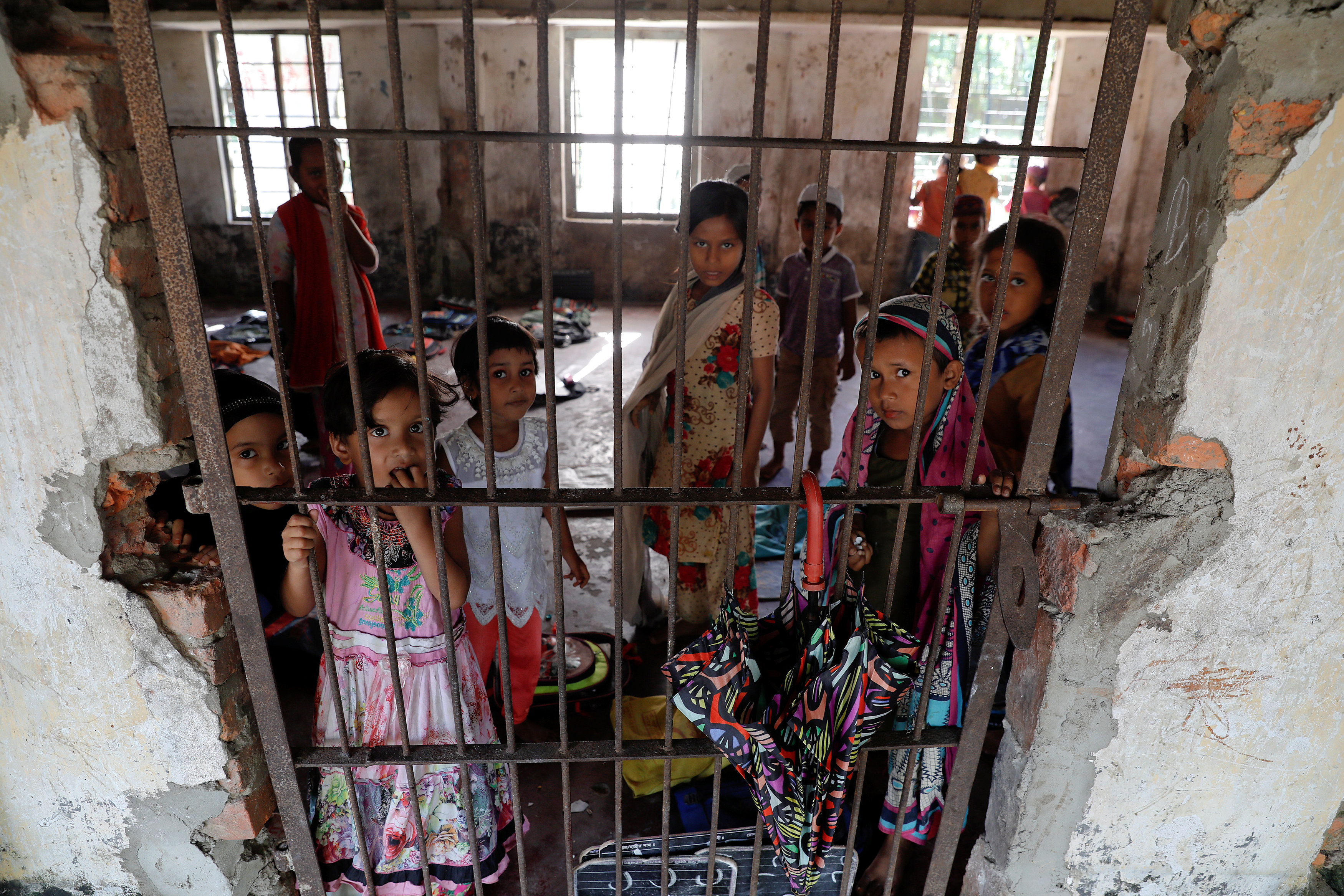
By Joan Faus and Nigel Hunt
BARCELONA/LONDON (Reuters) – Fruit and vegetable harvests are underway in western Europe with seasonal workers gathering crops in top producer Spain, but costs are rising as farmers fear a third wave of COVID-19 might cause a repeat of 2020’s damaging disruptions in labor supply.
Harvests rely heavily on workers from Africa and eastern Europe, but many couldn’t travel a year ago as borders closed in the first wave of the pandemic. Shortages of key goods appeared in supermarkets while prices rose as consumers hoarded.
Coronavirus cases are surging again in Europe, raising the risk of crop losses and adding to farmers’ costs on everything from extra transport to keep workers socially distanced to buying protective gear for seasonal laborers.
In Spain’s northeastern Catalonia region, farmer Josep Cabre said he had spent about 6,000 euros ($7,000) on masks and other protective equipment for seven seasonal workers from West Africa working on his farm picking apples, pears and peaches.
“We have been lucky and, as far as we know, none of us has contracted COVID-19,” Cabre said, adding that shutting his business for 15 days could mean a 150,000 euro loss.
“A bar or shop can close for 15 days … but if I don’t pick the fruit at its right time and I do it later it would be damaged. To stop for 15 days would be an economic disaster,” he added.
Cabre tries to give workers tasks to keep them distanced. He has stopped using a nine-seat van to take them to fields near the city of Lleida, instead using several vans and reimbursing transport costs to workers who travel alone.
Lleida saw a infection cluster last summer, partially linked to migrants seeking seasonal jobs to pick fruit.
This year, thousands of workers have arrived on chartered flights from Morocco to help gather crops in Spain for the first major harvest of strawberries in the southern Huelva province.
“COVID measures have forced us to take on more people to do the same job,” Fernando Gomez of Murcia’s Proexport growers organization said, adding that a hike in Spain’s minimum wage also put pressure on margins.
TOUGHER CHECKS
Growers in Germany still expect to have enough workers from Poland, Romania, Bulgaria and elsewhere for the asparagus harvest. But workers face tougher health and safety checks.
“The extensive corona-regulations and hygiene measures are creating great challenges, both organizational and financial,” Daniela Rixen, spokesperson for the LKSH agricultural chamber representing farmers in the German state of Schleswig-Holstein.
Bernhard Kruesken, secretary general of German national farming association DBV, said normally about 300,000 seasonal harvest workers come to Germany every year but fewer are expected in 2021 for the second year running.
France needs about 1 million seasonal workers each year. Fruit and vegetable growers have been seeking to attract local students and jobless people to compensate for lower numbers of foreigners if new travel restrictions are imposed.
Last year, France raised a so-called “shadow army” to pick crops from furloughed workers in other sectors including hotel receptionists, restaurant waiters and hairdressers.
Non-European Union workers account for about 25% of seasonal workers in France.
“You never know. At any moment rules can change and borders can be closed,” Jerome Volle, deputy-chairman of France’s largest farm lobby FNSEA said.
Similar concerns are rising in Britain, which needs about 70,000 seasonal workers with the highest demand during the berry season in late May to June.
“There is a concern that European borders end up shutting down or that people can’t travel and that will put huge pressure on the availability of seasonal workers,” said Tom Bradshaw, vice president at Britain’s National Farmers Union.
In a normal year, just 1% of the seasonal workforce comes from Britain.
Despite the challenges, there is still little likelihood of fruit shortages this year, said Natalia Aguilera, head of the Andalusian chapter of the cooperativas agro-alimentarias cooperative.
“If there weren’t any (shortages) last year, complicated as it was during the pandemic, this year there is absolutely no chance,” she said.
($1 = 0.8531 euros)
(Additional reporting by Nathan Allen in Madrid, Sybille de La Hamaide in Paris and Michael Hogan in Hamburg; Editing by Veronica Brown and Edmund Blair)





